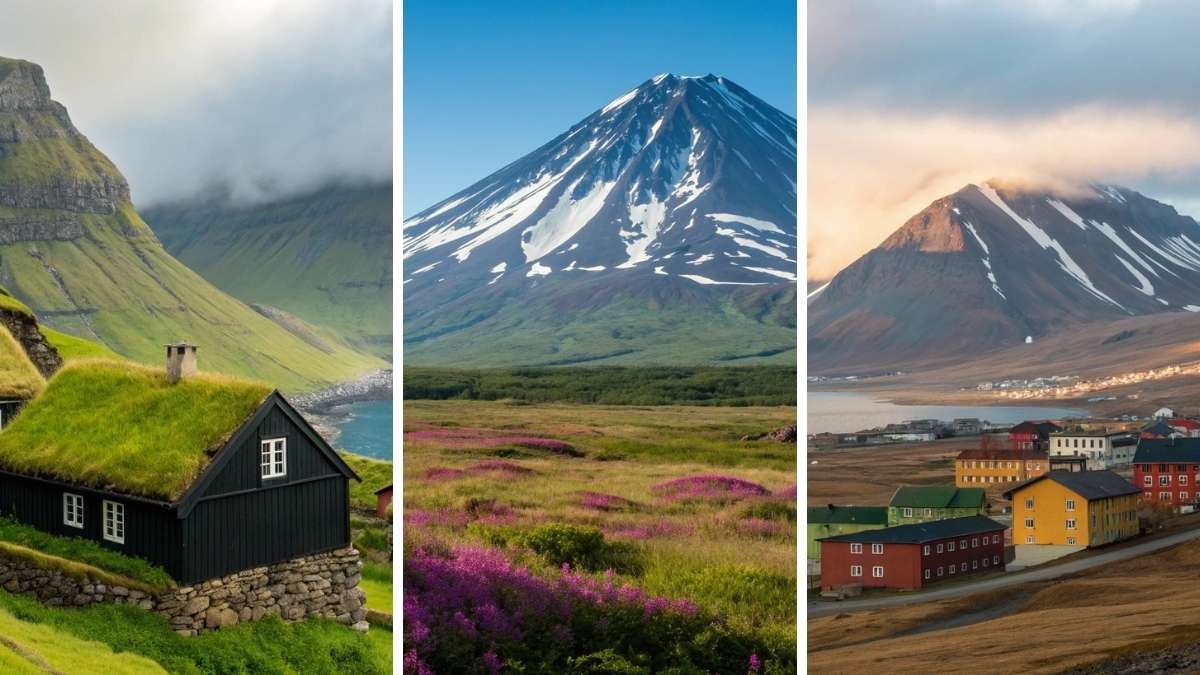
Startling is the silence in places where the world feels untouched, where every horizon whispers that you’ve gone beyond the maps most people follow.
These destinations aren’t just remote—they’re raw, fierce, and breathtaking in ways that make cities feel like another planet. It’s not luxury or convenience that draws you here; it’s the thrill of stepping into landscapes so wild, they challenge what you thought Earth could look like.
If you’ve ever felt the pull of the unknown, the kind that stirs something primal inside, this is your invitation to discover the last true frontiers where nature still reigns supreme.
1. Antarctica – East Antarctic Plateau
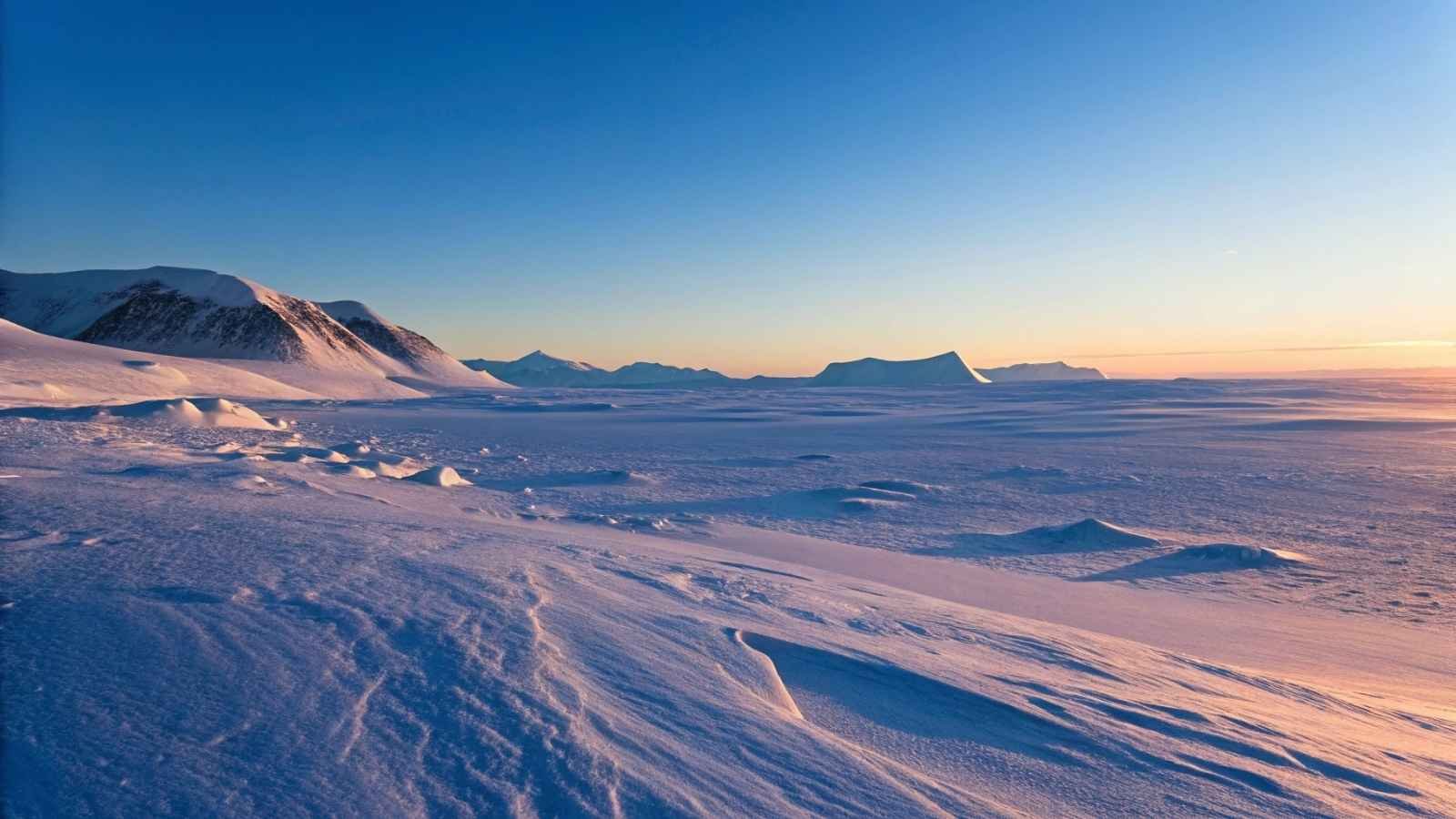
Few places on Earth feel as otherworldly as the East Antarctic Plateau. This is the coldest, driest, and arguably the most inaccessible part of the planet. It’s not just the landscape that takes your breath away—an endless horizon of ice and snow—but the profound silence that surrounds you. It’s a place where time seems to move more slowly, and human presence is scarce. Even seasoned travelers often describe this as the ultimate wilderness experience.
What makes this plateau so unique is its uncompromising harshness. Temperatures can plummet to levels unrecorded anywhere else, and the winds sweep across the terrain with relentless force. Yet, this stark beauty draws scientists and adventure seekers who crave the unfiltered extremes of nature. It’s a true last frontier, demanding respect and preparation.
If you’re adventurous enough to reach it, you’ll see a world untouched by mass tourism. Expeditions here are highly regulated, ensuring the environment stays pristine. Getting here often involves charter flights or joining research expeditions, and the costs are high, but that’s part of the thrill—it’s a journey few people on Earth will ever experience.
Key Details:
- Best Months to Visit: November to February (Antarctic summer)
- Access: Primarily via research expeditions or specialized tours
- Highlight: Rare chance to stand in one of the most untouched environments on the planet
- Difficulty Level: Extreme – requires preparation and significant investment
2. Svalbard Archipelago, Norway
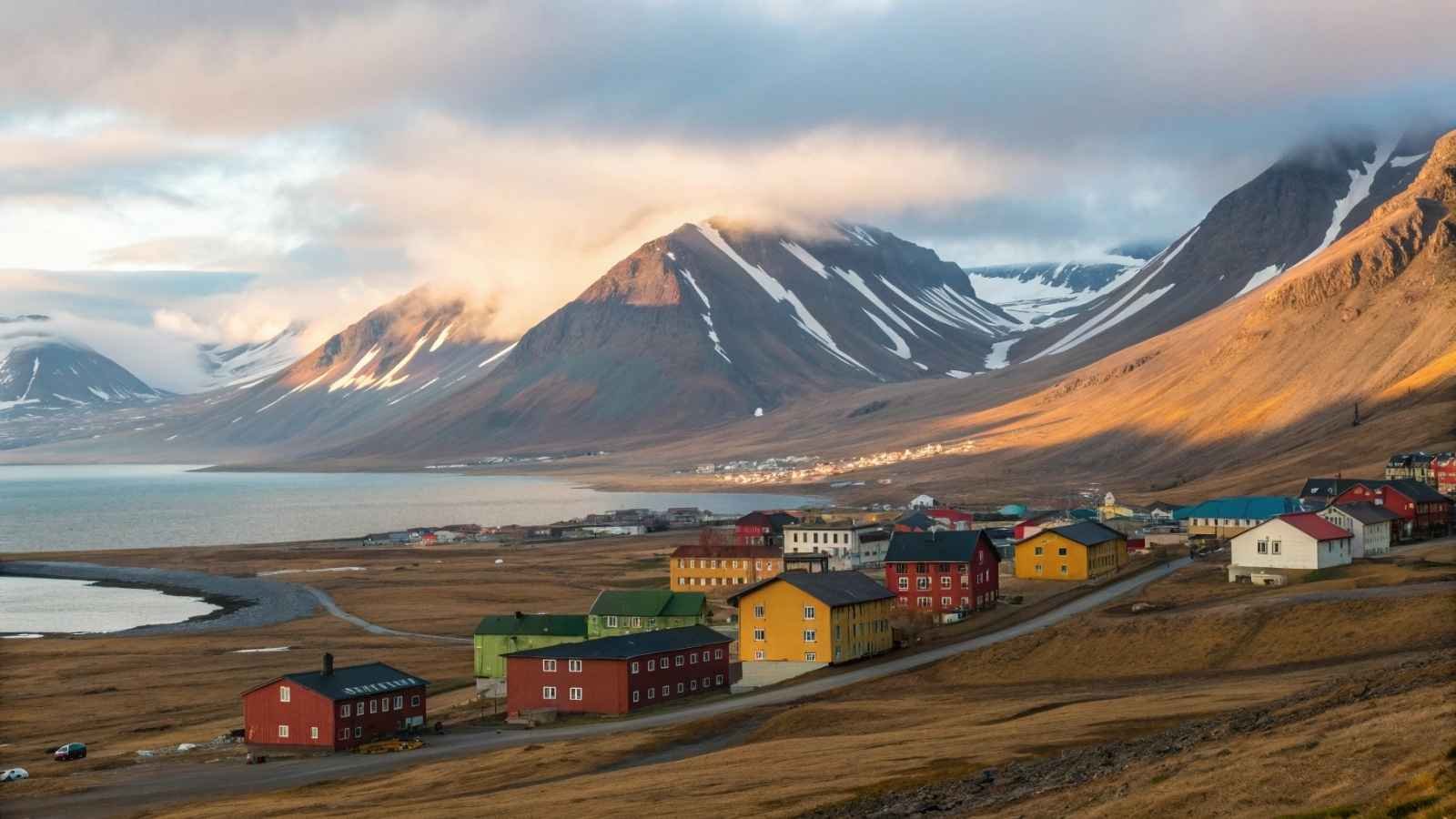
Svalbard feels like a place caught between myth and reality. Sitting halfway between mainland Norway and the North Pole, it offers a landscape of glaciers, frozen fjords, and polar bears roaming freely. Despite its remoteness, Svalbard has a surprising accessibility compared to other destinations on this list—there’s even a small settlement, Longyearbyen, where travelers can stay.
The wildness, however, starts the moment you leave town. Snowmobiles and dog sleds are often your best mode of transportation across the icy terrain. What’s striking is the sheer emptiness and vastness—mountains rising out of white plains, the possibility of spotting Arctic foxes or seals, and in winter, the unforgettable spectacle of the northern lights dancing overhead.
What makes Svalbard stand out is the balance it offers: the comfort of a small, welcoming community mixed with access to wilderness that feels completely untamed. Travelers often describe it as being on the edge of the world, yet strangely inviting.
Key Details:
- Best Months to Visit: May to September for milder weather; November to February for northern lights
- Access: Flights from Oslo or Tromsø to Longyearbyen
- Highlight: Wildlife encounters, including polar bears and Arctic foxes
- Difficulty Level: Moderate – cold but relatively easier access than Antarctica
3. Wrangel Island, Russia
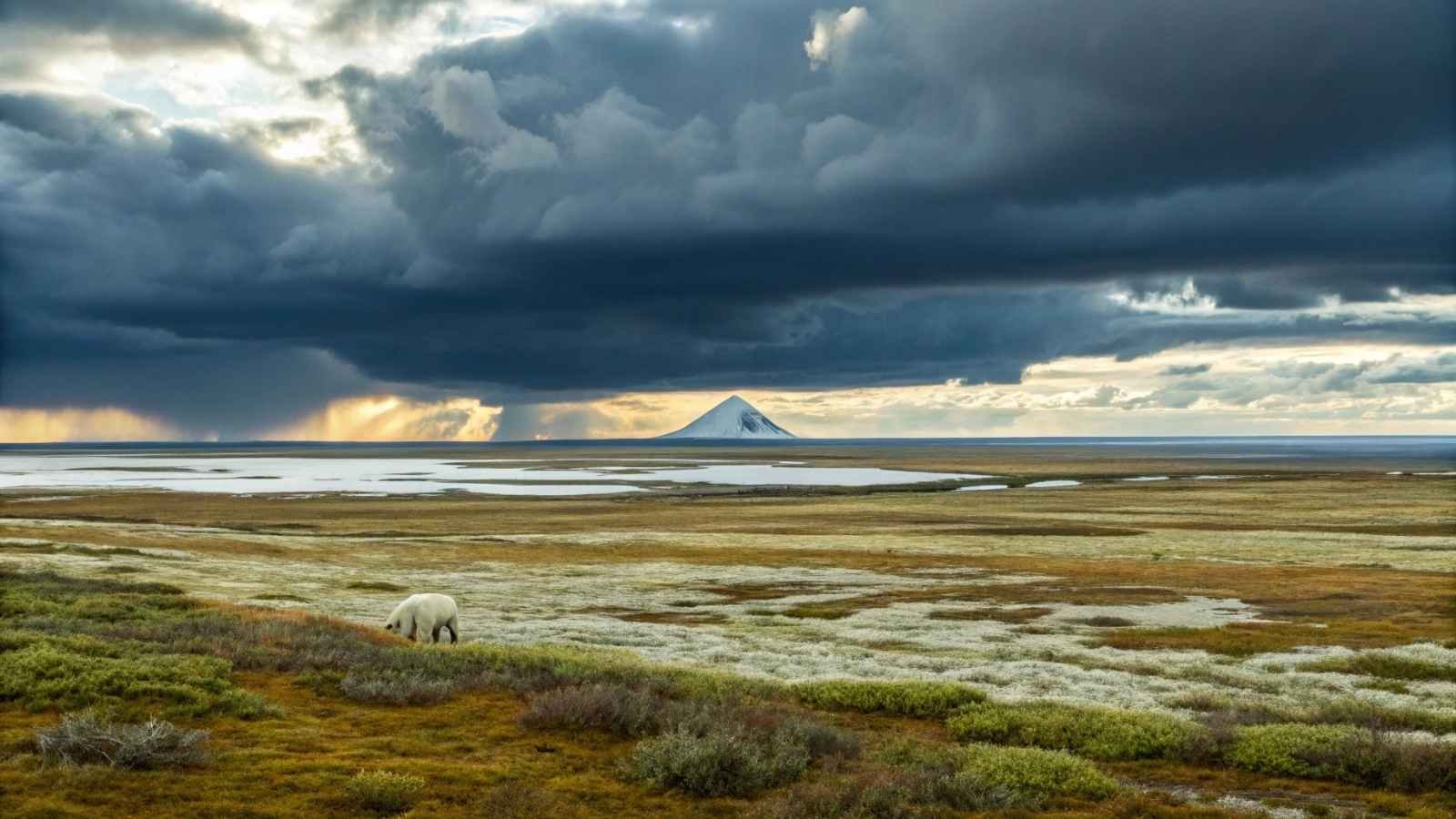
Wrangel Island is a UNESCO World Heritage Site known for its wildlife density and raw Arctic beauty. It’s often called the “polar bear nursery” due to its unusually high bear population. Located far above the Arctic Circle in the Chukchi Sea, it’s isolated even by Russian standards, with entry heavily restricted and controlled.
The island’s value lies in its untouched ecosystems. Herds of reindeer and musk oxen wander across tundra landscapes, while migratory birds nest along its rocky shores. There’s an almost timeless feel here, as if you’re stepping into a chapter of Earth’s natural history. Access is typically by small expedition cruise ships, and even then, only a handful of visitors make it each season.
The sheer remoteness of Wrangel makes it one of the least disturbed habitats on the planet, which adds to its allure for scientists and adventurous travelers alike. The lack of infrastructure means you come for the experience of being truly off the grid, surrounded by wildlife and silence.
Key Details:
- Best Months to Visit: July to August (brief Arctic summer)
- Access: Expedition cruises, often from Anadyr or Nome (Alaska)
- Highlight: High concentration of polar bears, musk oxen, and birdlife
- Difficulty Level: High – remote, restricted access
4. Pitcairn Islands, South Pacific
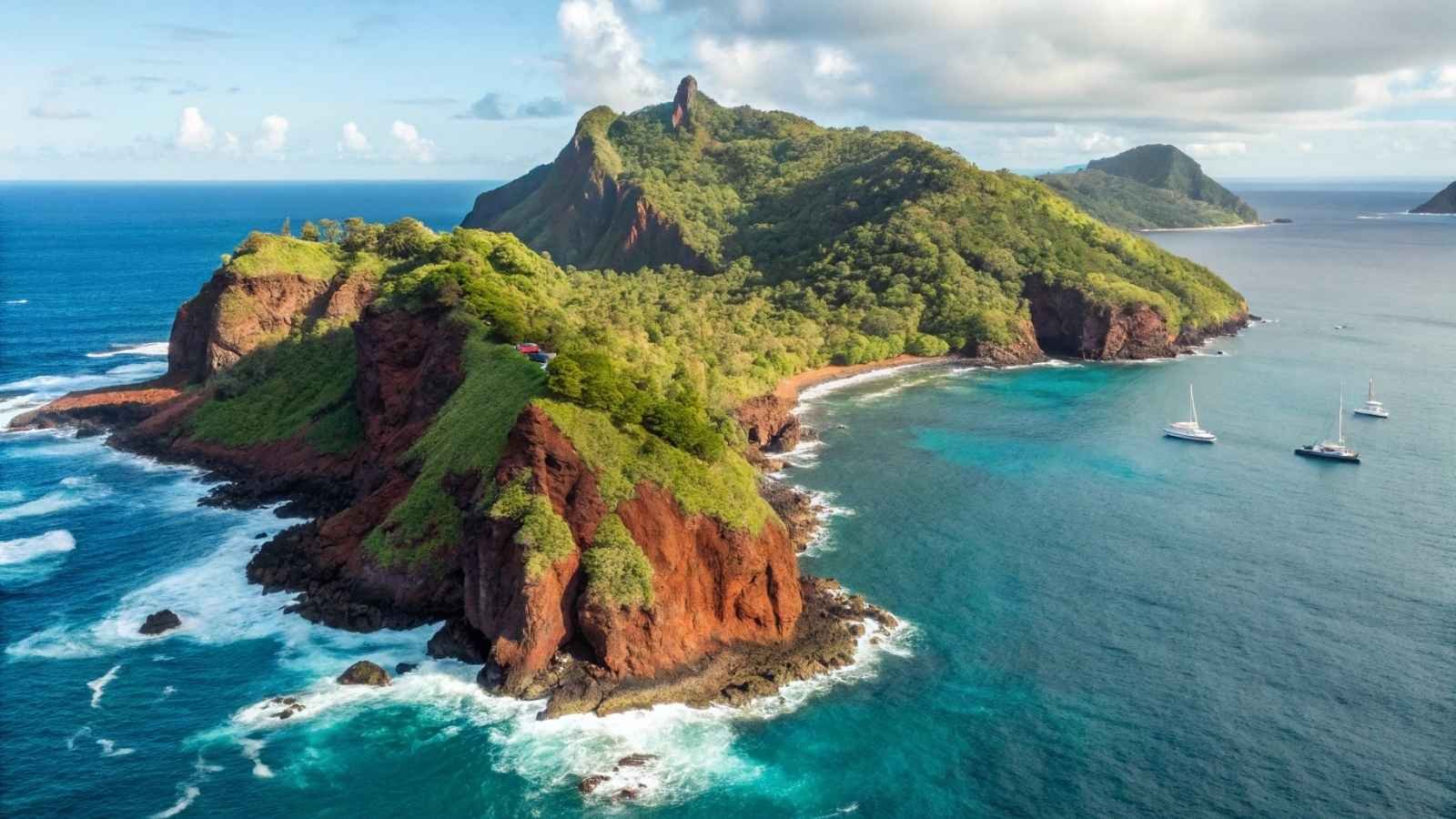
Far removed from any major landmass, the Pitcairn Islands are one of the most isolated inhabited places on Earth. The community here is tiny—fewer than 60 residents—descendants of the famous Bounty mutineers. Getting there is part of the adventure, as there are no airports; access is by boat only, usually a long journey from Tahiti.
Despite the effort, what awaits is something rare: a life slowed down to a near standstill, with untouched coastlines, dramatic cliffs, and waters that seem impossibly clear. It’s a place where hospitality is genuine, not curated, and where every face you meet is part of the island’s small history.
Visiting Pitcairn offers an intimate glimpse of island life removed from modern rush. You’re not coming for luxury resorts—you’re coming for connection and solitude. It’s a reminder of how communities can thrive even in isolation, making it as much a cultural journey as a geographical one.
Key Details:
- Best Months to Visit: May to October for calmer seas
- Access: Passenger ships from Mangareva (French Polynesia)
- Highlight: Deep history, tiny community, spectacular South Pacific scenery
- Difficulty Level: High – limited transport options, long travel times
5. Tristan da Cunha, South Atlantic
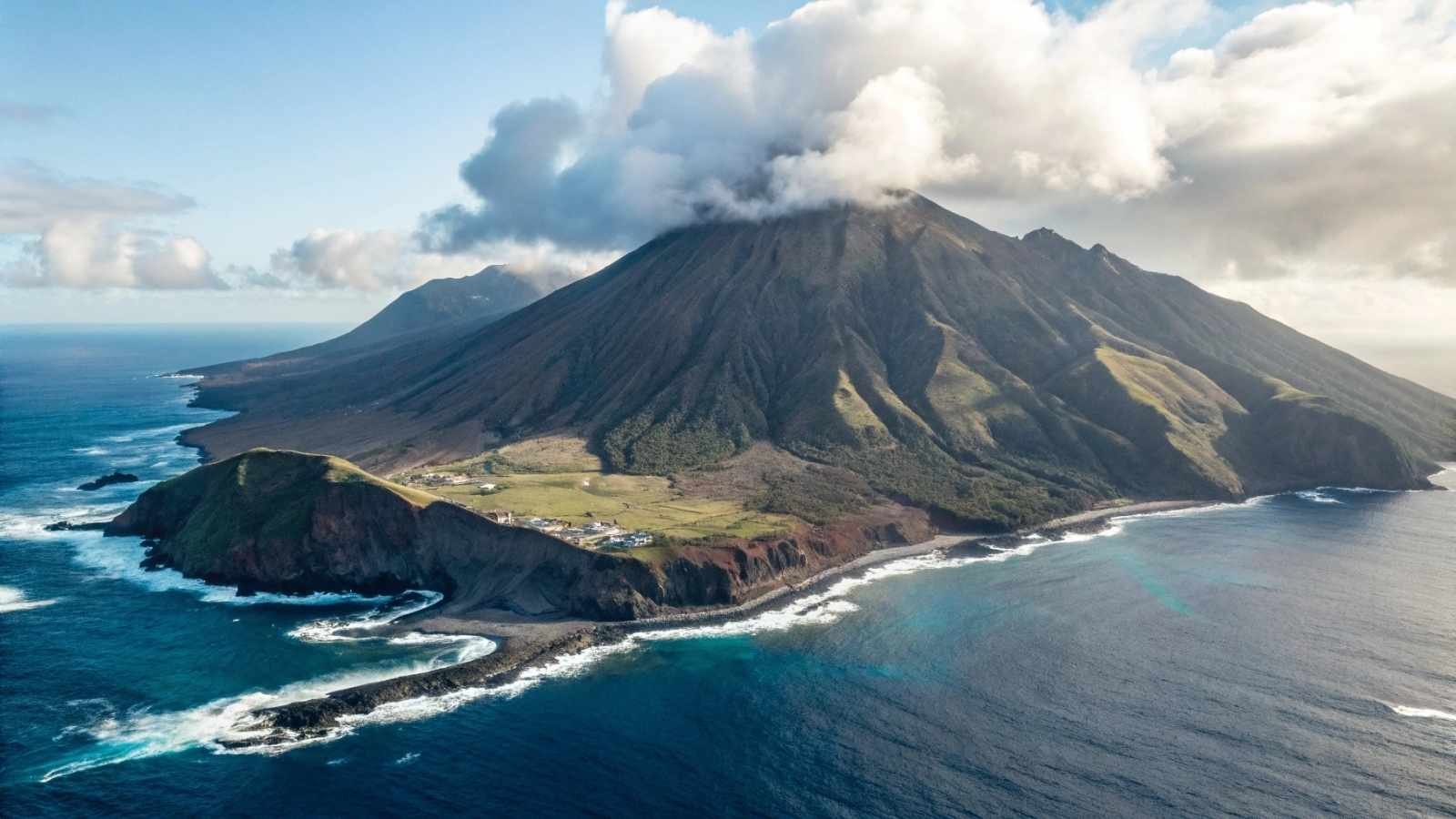
Known as the most remote inhabited archipelago on Earth, Tristan da Cunha is a volcanic island sitting in the South Atlantic, almost equidistant between South America and Africa. Reaching it is a journey in itself: no airstrips, just a six-day boat ride from South Africa.
Its isolation is its magic: a single small village, Edinburgh of the Seven Seas, houses fewer than 250 residents. Life here is simple, focused on fishing, farming, and community. Visitors often describe the island as both humbling and fascinating—there’s a deep sense of self-reliance and resilience among its people.
The landscapes are surprisingly dramatic: lush green cliffs, volcanic slopes, and endless sea horizons. For those seeking true off-grid adventure and cultural curiosity, Tristan da Cunha offers a chance to experience life stripped to essentials.
Key Details:
- Best Months to Visit: September to March (milder weather)
- Access: Ship from Cape Town, South Africa
- Highlight: Remote village life, dramatic volcanic landscapes
- Difficulty Level: High – no flights, long sea journey
6. Socotra Island, Yemen
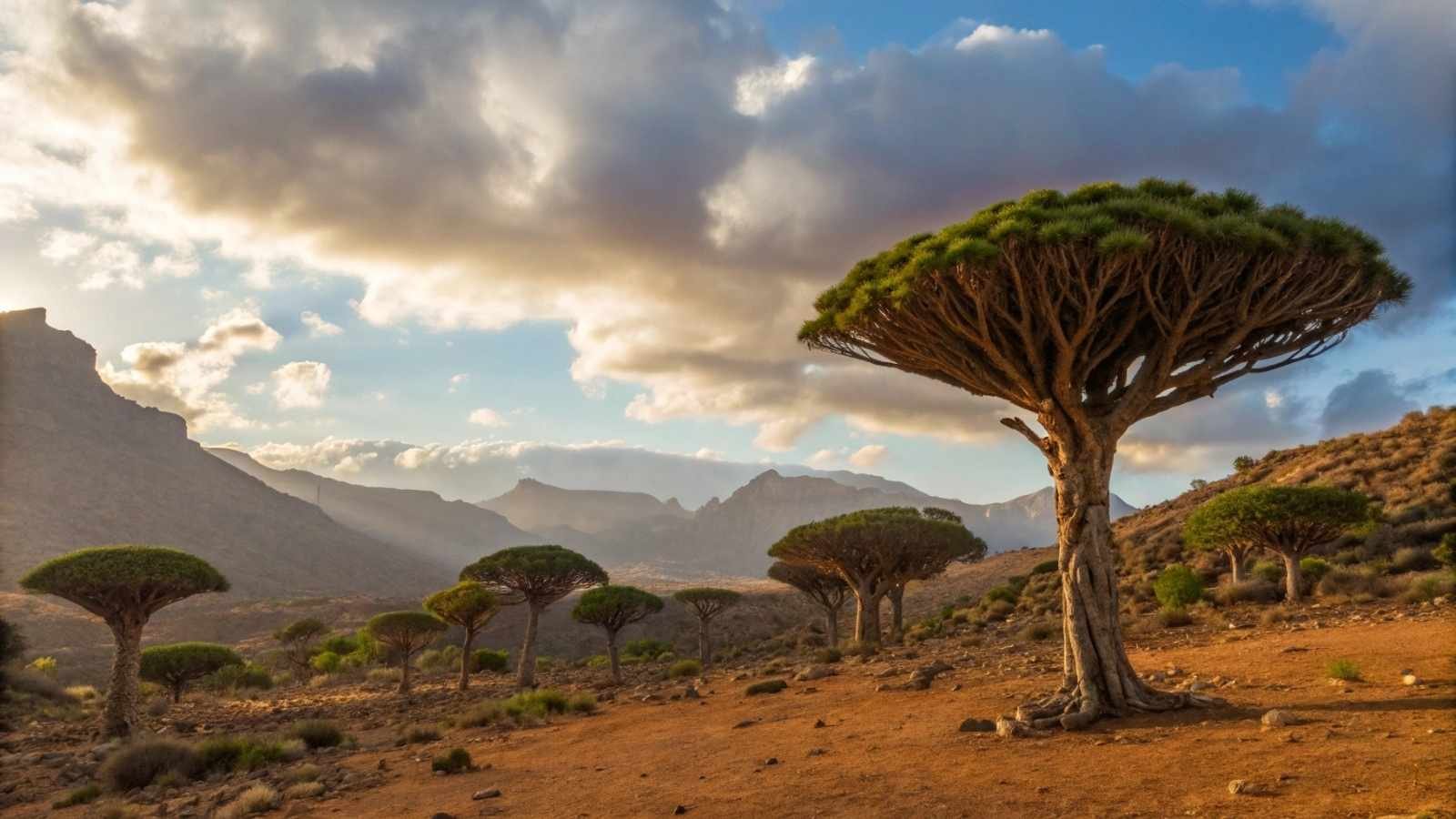
Socotra looks like it belongs to another planet. Known for its otherworldly flora, such as the umbrella-like Dragon’s Blood Trees and bottle-shaped Desert Roses, this island in the Arabian Sea feels unlike anywhere else. Its isolation has allowed unique species to thrive—about a third of its plant life exists nowhere else on Earth. The coastline is equally captivating, with white-sand beaches meeting turquoise waters, framed by rugged limestone plateaus.
What makes Socotra special is its complete detachment from the modern world. Until recently, it was virtually unknown to travelers, and even now, it’s rarely crowded. The island’s communities live simply, and visiting feels like stepping back in time. The lack of heavy tourism means you’ll often have entire beaches or hiking trails to yourself.
Getting there can be tricky—political instability in Yemen has made access difficult—but for those who make it, Socotra delivers a rare mix of natural wonder and solitude. It’s a paradise for nature lovers, botanists, and anyone craving landscapes that defy expectations.
Key Details:
- Best Months to Visit: October to April for mild weather
- Access: Limited flights, usually via Cairo or Abu Dhabi (check travel advisories)
- Highlight: Dragon’s Blood Trees, rare plant life, unspoiled coastlines
- Difficulty Level: High – limited infrastructure and political considerations
7. Faroe Islands, Denmark

Rising dramatically from the North Atlantic, the Faroe Islands are a cluster of green, windswept cliffs, quaint villages, and ocean views that never seem to end. Despite their remote location, the islands have a strong cultural identity and a sense of community that’s deeply rooted in the landscape. Colorful turf-roofed houses, winding roads, and grazing sheep create a setting that feels both wild and welcoming.
The weather can be unpredictable—sunshine can turn to mist in minutes—but that’s part of the charm. Hiking here rewards you with jaw-dropping scenery, from sheer cliffs like Trælanípan to hidden waterfalls tumbling into the sea. Wildlife enthusiasts will love the seabird colonies, including puffins that nest along the rugged coasts.
What makes the Faroes stand out is the sense of intimacy. Villages are small, locals are friendly, and nature is always just a step away. While it’s gaining popularity, the islands still feel off-the-radar compared to other European destinations.
Key Details:
- Best Months to Visit: May to August for longer daylight and milder weather
- Access: Flights from Copenhagen, Edinburgh, or Reykjavik
- Highlight: Hiking, birdwatching, coastal cliffs
- Difficulty Level: Moderate – weather can be unpredictable, but travel is straightforward
8. Kamchatka Peninsula, Russia
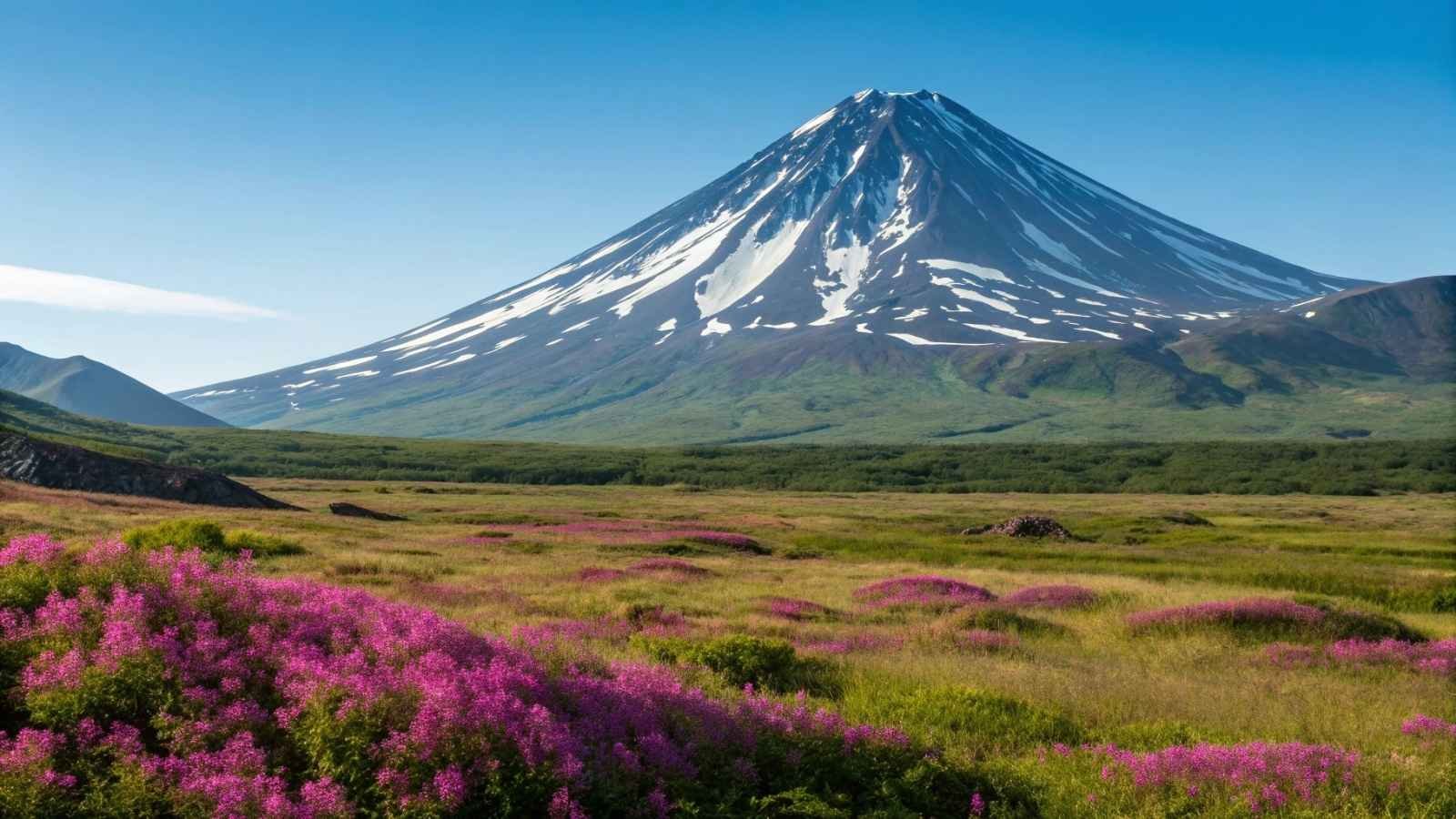
If raw wilderness excites you, Kamchatka delivers in spades. Located in Russia’s far east, this remote peninsula is home to over 300 volcanoes, steaming geysers, wild rivers, and rugged mountains. It’s vast, untamed, and sparsely populated—perfect for those who crave adventure far from crowds.
Wildlife thrives here: brown bears, sea otters, eagles, and salmon-filled rivers define the ecosystem. Helicopters are often the only way to access some areas, and that’s part of the thrill. Trekking through Kamchatka can feel like discovering a world before roads and cities existed.
This is not a casual destination. It requires planning, permits, and sometimes joining guided tours. But the reward is landscapes that feel raw and cinematic, where nature truly dominates. For many adventurers, Kamchatka represents one of Earth’s last wild playgrounds.
Key Details:
- Best Months to Visit: June to September for hiking and wildlife; winter for skiing and snow sports
- Access: Flights to Petropavlovsk-Kamchatsky, often via Moscow
- Highlight: Volcano trekking, geothermal springs, brown bear viewing
- Difficulty Level: High – remote, challenging terrain
9. Raja Ampat, Indonesia
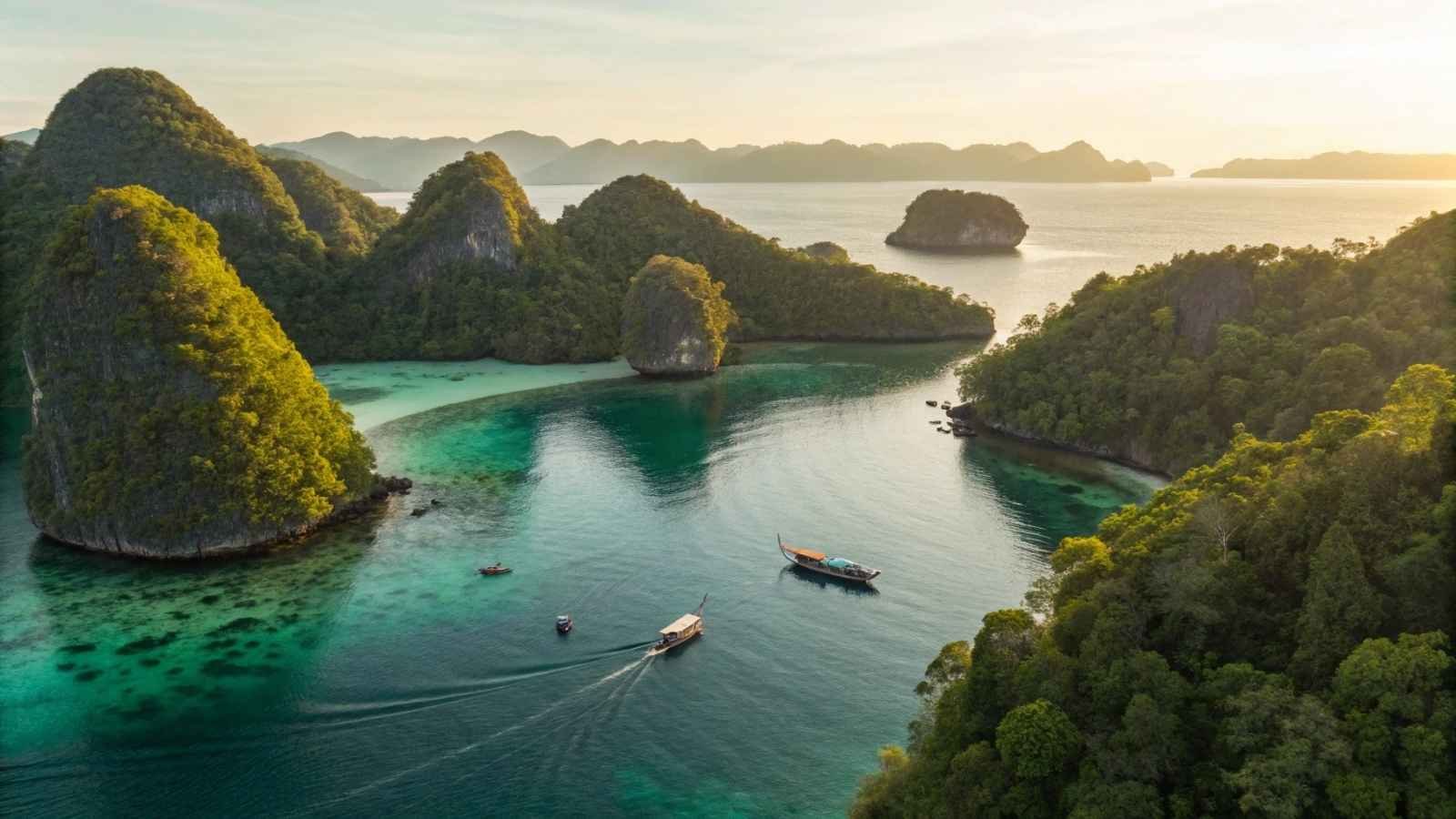
This Indonesian paradise is remote but worth every effort. Raja Ampat is an archipelago of over 1,500 islands scattered across the Coral Triangle, often hailed as having the richest marine biodiversity on Earth. It’s a dream for divers and snorkelers: coral reefs bursting with color, schools of fish, manta rays, and even rare species like wobbegong sharks.
The above-water beauty is just as compelling—limestone karst islands, hidden lagoons, and beaches so pristine they feel untouched. The sense of remoteness is amplified by the fact that reaching Raja Ampat involves several flights and boat transfers, keeping mass tourism at bay.
Beyond diving, the cultural aspect adds charm. Small Papuan villages dot the islands, offering a warm welcome and insight into a slower, more traditional way of life. For anyone seeking both adventure and serenity, Raja Ampat is unforgettable.
Key Details:
- Best Months to Visit: October to April (calmer seas and best visibility)
- Access: Flights to Sorong, then ferries or boats to the islands
- Highlight: Diving, snorkeling, rich marine life, pristine beaches
- Difficulty Level: Moderate to High – remote but increasingly accessible
10. Atacama Desert’s Remote Valleys, Chile
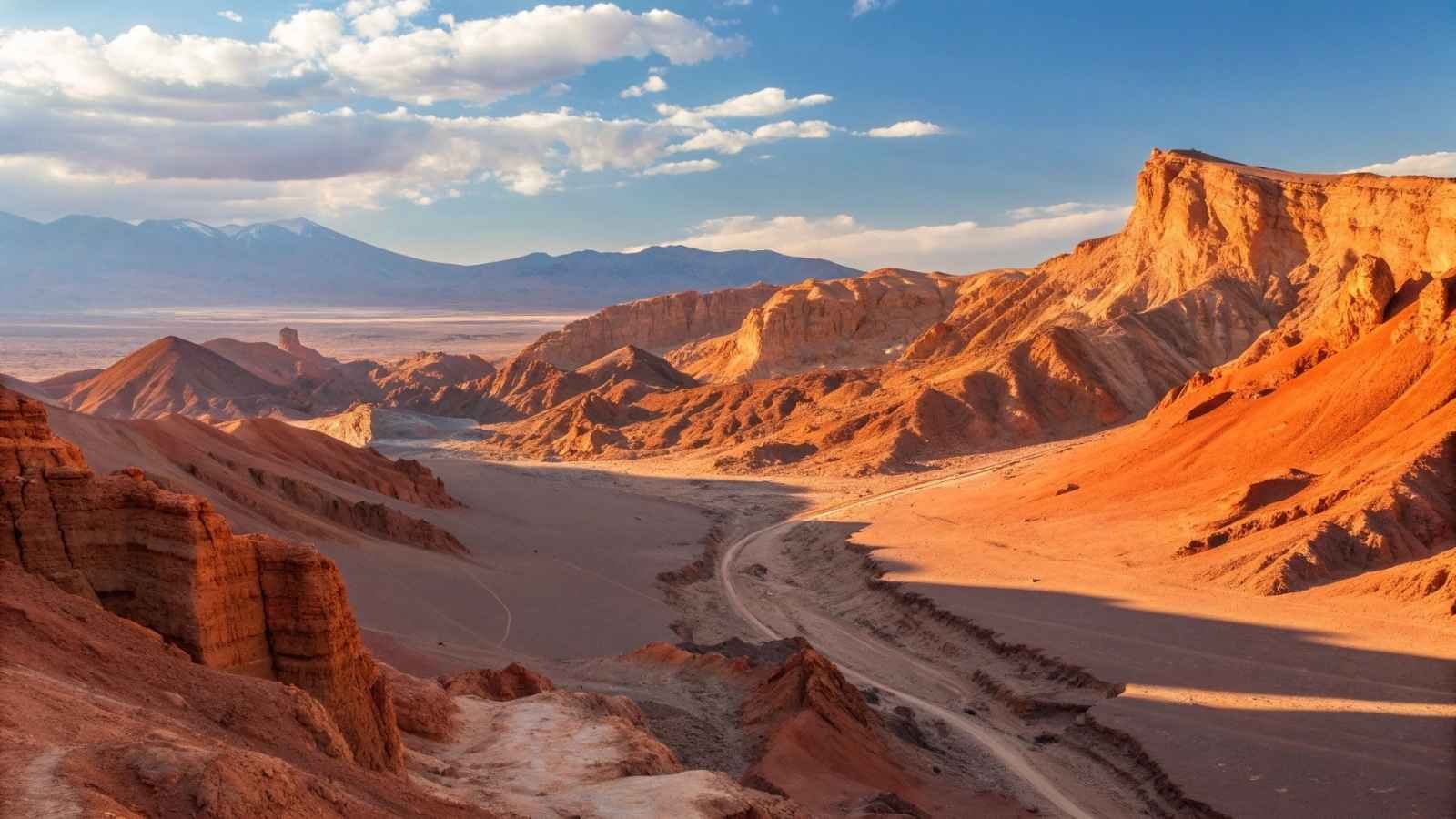
The Atacama is often called the driest place on Earth, and its remote valleys feel more like Mars than Chile. Vast salt flats, red canyons, geysers, and star-filled skies create a landscape that’s stark and spectacular. The remoteness of these valleys—places like Valle de la Luna and Salar de Tara—means you often feel alone in a boundless desert.
It’s not just the scenery; the Atacama is famous for its clear night skies, attracting astronomers and stargazers from around the world. During the day, the changing light turns the land into a natural canvas—sand, rock, and salt shimmering under the sun.
While the main town, San Pedro de Atacama, offers some amenities, the best spots are far from roads and crowds. Exploring these areas often involves 4×4 vehicles, guided tours, or self-driven expeditions, making it perfect for adventurous travelers.
Key Details:
- Best Months to Visit: March to May, September to November for mild temperatures
- Access: Flights to Calama, then drive to San Pedro de Atacama
- Highlight: Stargazing, salt flats, geysers, and unique desert landscapes
- Difficulty Level: Moderate – dry, high-altitude conditions
11. Ellesmere Island, Canada
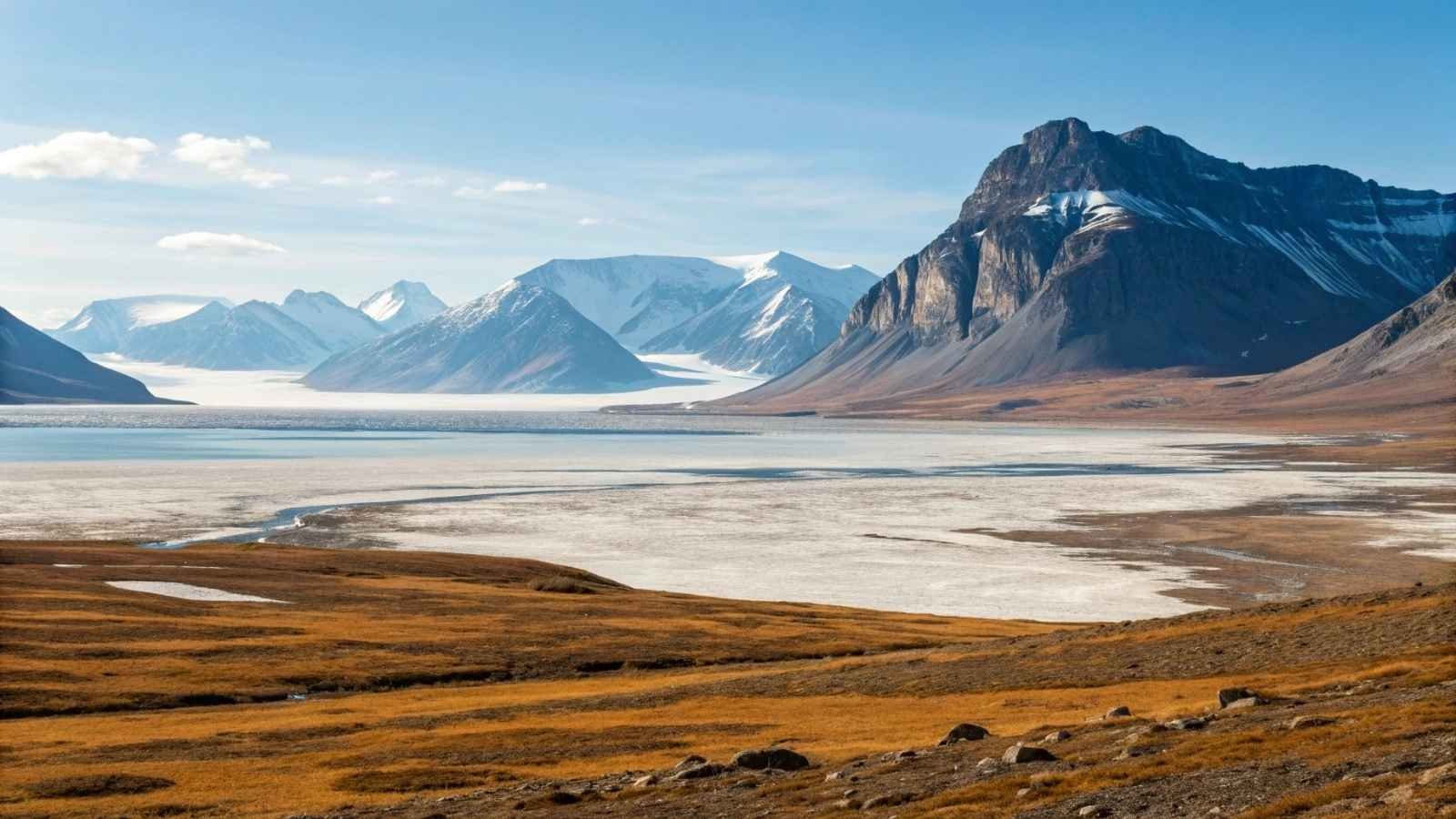
Far in the Canadian Arctic, Ellesmere Island feels like a place the modern world forgot. Its size is staggering—Canada’s third-largest island—yet it’s sparsely populated, with only a few research stations and Inuit communities scattered across its frozen expanse. Towering cliffs, ice caps, and deep fjords dominate the landscape, and wildlife like musk oxen, Arctic hares, and even wolves roam freely.
What makes Ellesmere so fascinating is its raw, elemental atmosphere. Everything here feels oversized and untouched, from the massive glaciers to the endless sea ice. It’s also a place of scientific intrigue—researchers study its extreme environment as an analog for other planets. Travelers who come here often describe a powerful sense of perspective, as if standing at the edge of the known world.
Reaching Ellesmere is no small feat. Access is usually via specialized Arctic tours or charter flights from smaller northern hubs. Those who make the journey discover a rare blend of silence, wildlife, and unspoiled beauty that’s hard to find anywhere else.
Key Details:
- Best Months to Visit: July to August (short Arctic summer)
- Access: Charter flights from Resolute Bay; specialized tours
- Highlight: Glaciers, fjords, Arctic wildlife
- Difficulty Level: High – extreme isolation, cold conditions
12. Kerguelen Islands, Southern Indian Ocean
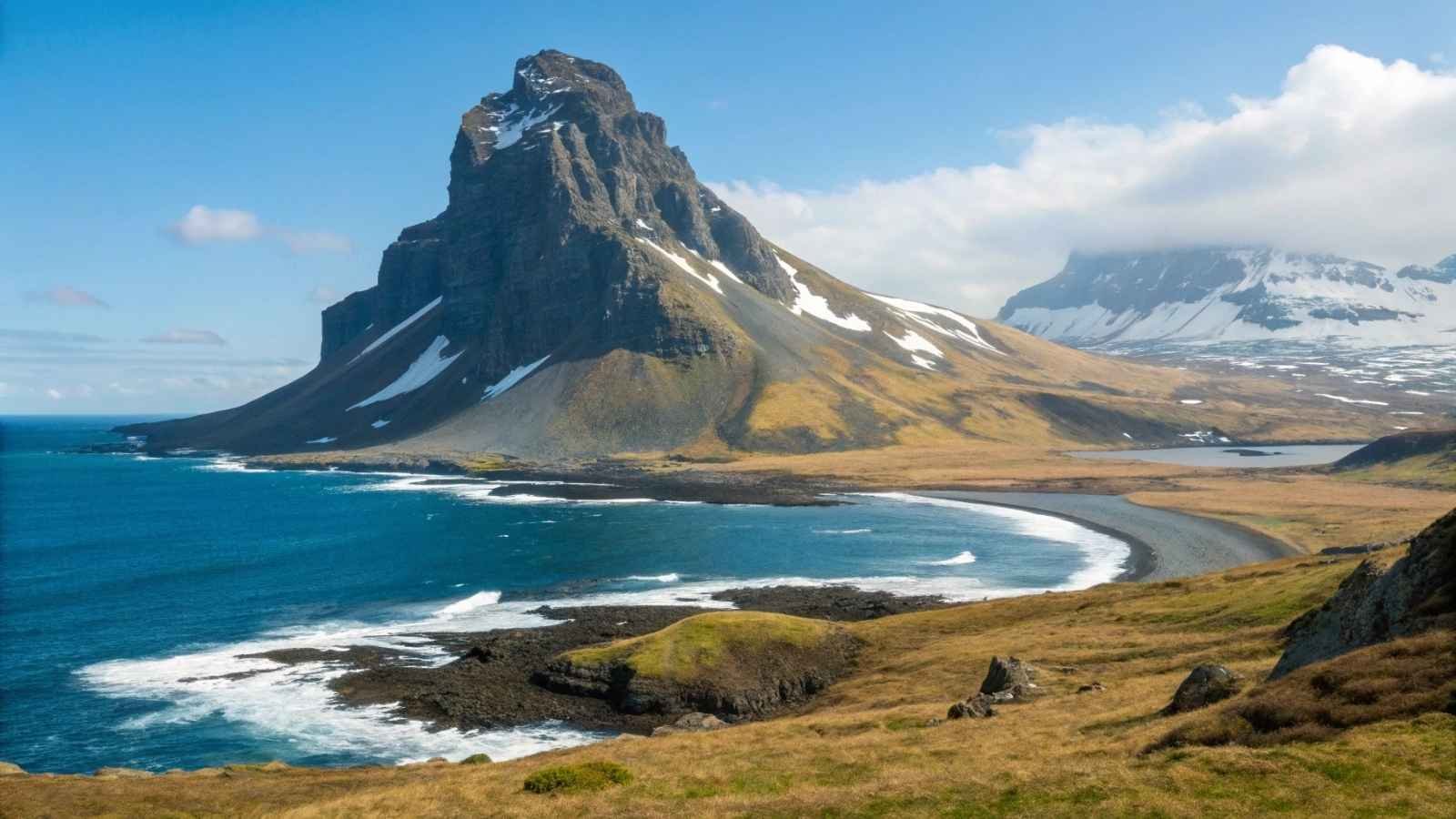
Often called the “Desolation Islands,” the Kerguelen Islands live up to their name. Located in the remote Southern Indian Ocean, these French-owned islands are hundreds of miles from any major landmass and accessible only by ship. The scenery is stark yet captivating—wind-lashed coastlines, volcanic mountains, and a sense of absolute remoteness.
There’s no permanent civilian population here, only scientific staff and occasional visiting researchers. That makes the Kerguelen experience one of complete detachment from the everyday world. The isolation gives the place an almost haunting beauty, with penguin colonies, elephant seals, and wandering albatrosses dominating the rugged terrain.
This is an expedition destination through and through. If you’re drawn to places few others have seen, the Kerguelen’s windswept solitude and wildlife spectacle make the long journey worthwhile. It’s remote travel at its purest.
Key Details:
- Best Months to Visit: December to March (Southern Hemisphere summer)
- Access: Research or supply vessels from Réunion Island
- Highlight: Wildlife viewing, volcanic landscapes, sheer isolation
- Difficulty Level: Very High – no air travel, long voyages
13. Aysén Region, Patagonia, Chile
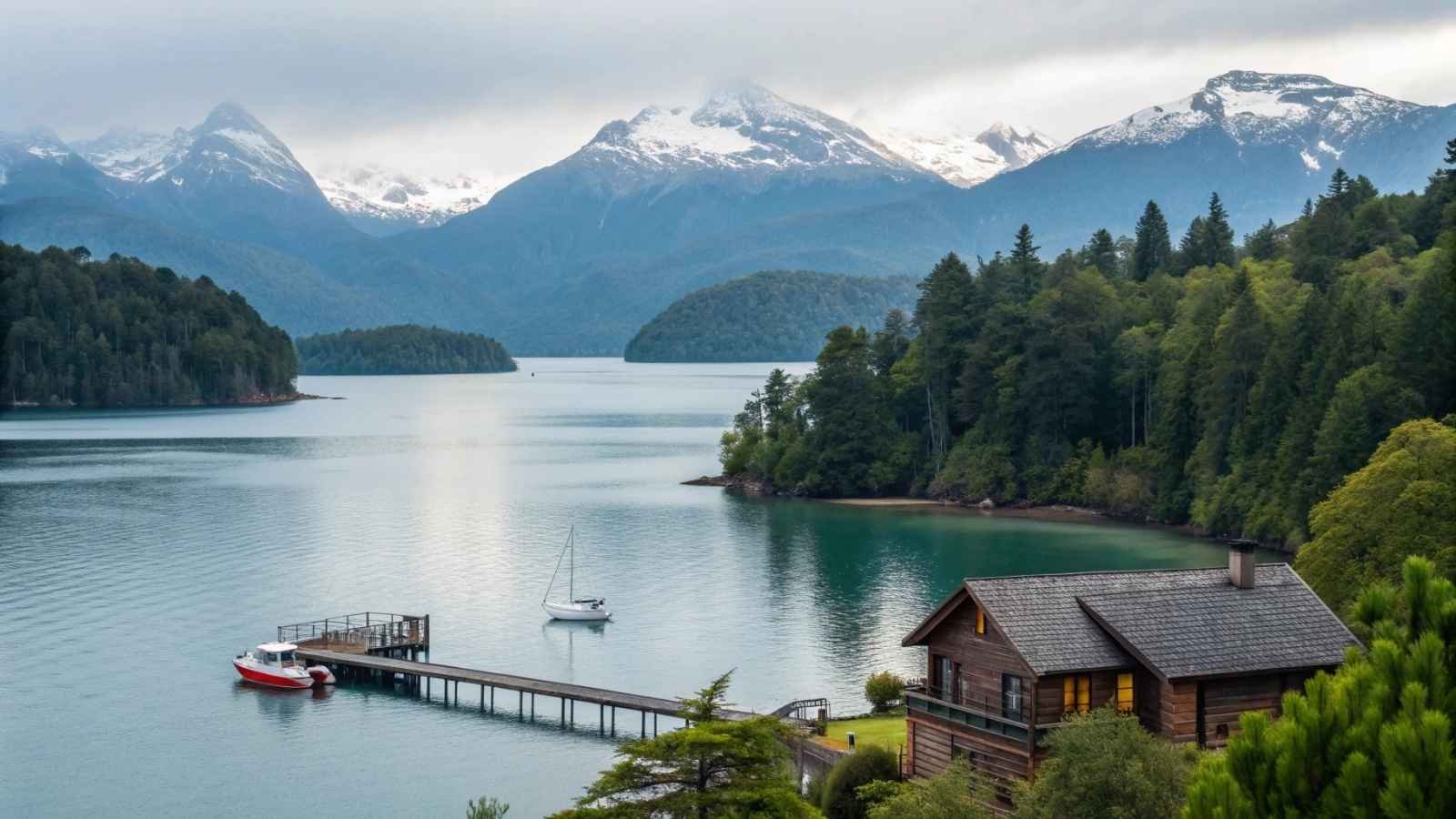
Patagonia is known for its wildness, but Aysén takes that to another level. This southern Chilean region is one of the country’s least developed, with remote fjords, dense temperate rainforests, and glaciers tucked into jagged mountain ranges. It’s the kind of place where roads are scarce, and nature always wins.
Travel here feels like an expedition rather than a holiday. Ferries, gravel roads, and small planes connect scattered towns, but the best sights are far from human settlements—ice fields, turquoise rivers, and untouched hiking trails. Wildlife sightings are common, from Andean condors overhead to elusive pumas in the hills.
Aysén is perfect for travelers craving adventure without the crowds. While parts of Patagonia draw heavy tourist traffic, this region remains off the beaten path, giving you that feeling of discovery that’s getting harder to find.
Key Details:
- Best Months to Visit: December to March (summer)
- Access: Flights to Balmaceda; ferries and road travel afterward
- Highlight: Remote hiking, glaciers, fjords
- Difficulty Level: Moderate to High – challenging logistics, rugged terrain
14. The Kimberley, Western Australia

The Kimberley is one of Australia’s greatest secrets—a vast, ancient land where red sandstone cliffs, hidden waterfalls, and gorges tell a story millions of years old. Despite its size, the region remains sparsely populated, giving travelers room to breathe and explore. The landscapes shift constantly: dramatic coastlines, sprawling savannah, and river systems dotted with crocodiles and rare birds.
This is a land of extremes. Wet season rains transform it into a world of thunderous waterfalls and lush greenery, while the dry season leaves sun-baked plateaus and remote swimming holes. Aboriginal rock art sites add cultural depth, connecting you to the region’s long history.
Accessing the Kimberley is an adventure in itself. 4WD vehicles, small planes, or expedition cruises are the best ways to navigate its vast distances. Those who make the journey often say it’s like traveling through an open-air gallery of Earth’s most dramatic landscapes.
Key Details:
- Best Months to Visit: May to September (dry season)
- Access: Flights to Broome, Kununurra; 4WD or cruises beyond
- Highlight: Waterfalls, gorges, Aboriginal rock art
- Difficulty Level: Moderate – remote but good infrastructure in key spots






